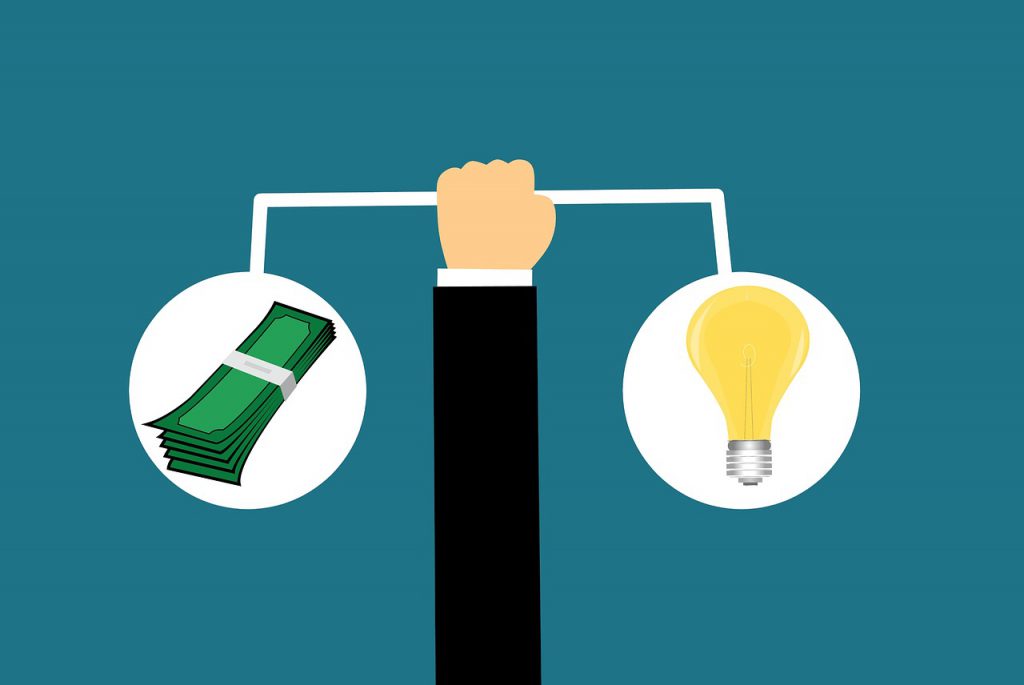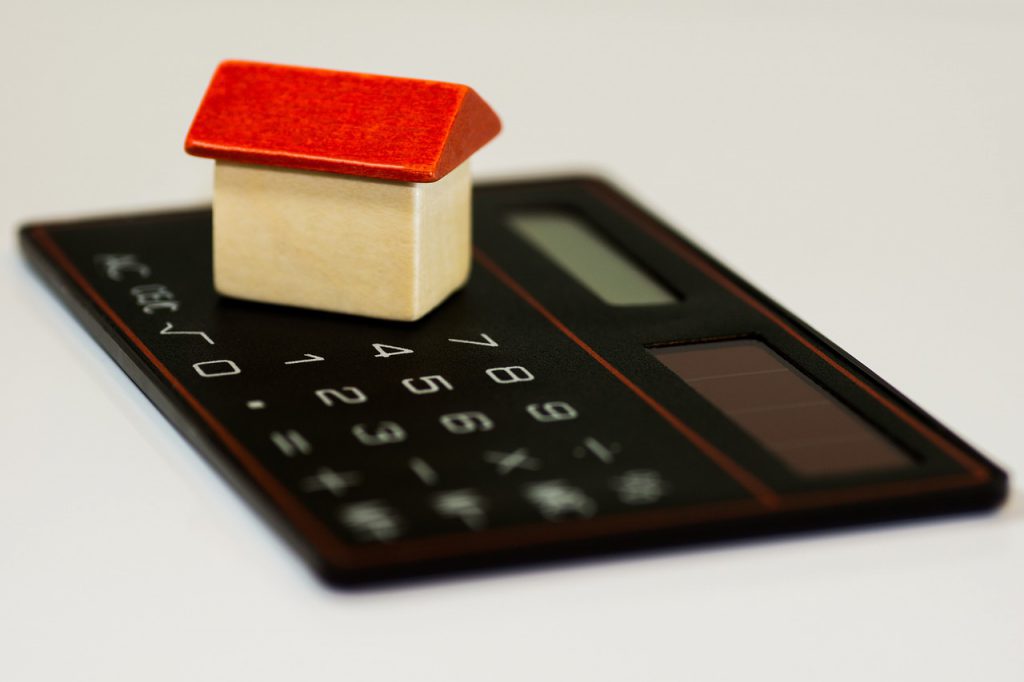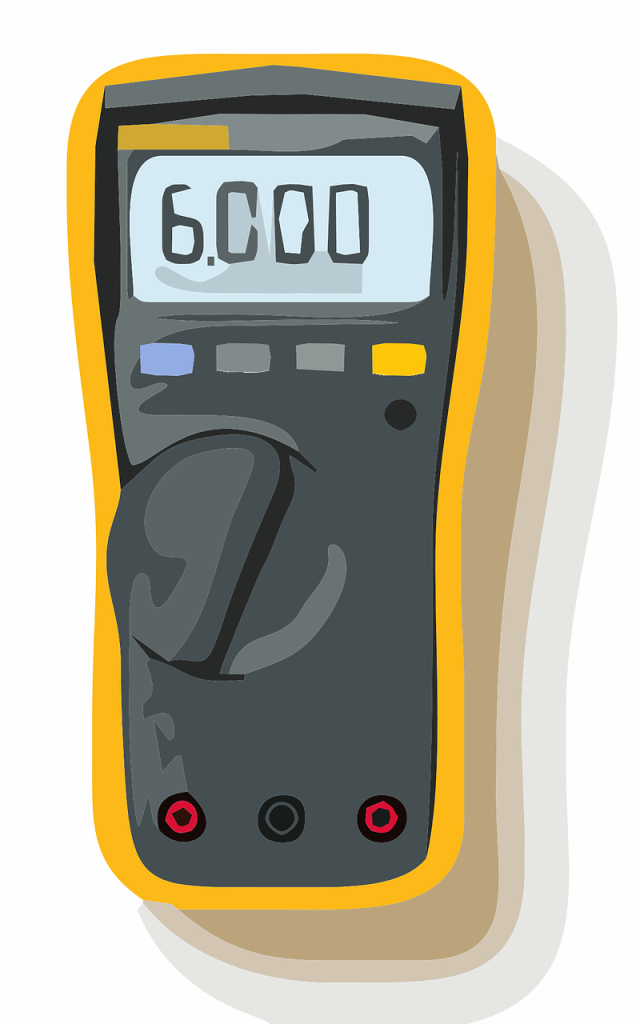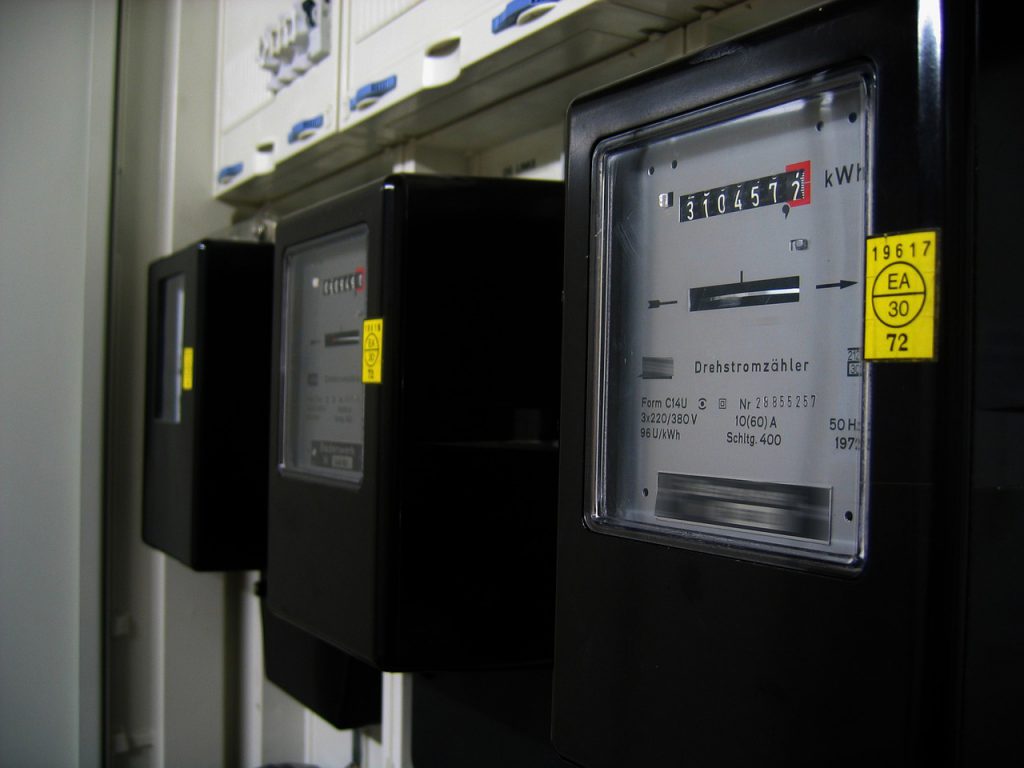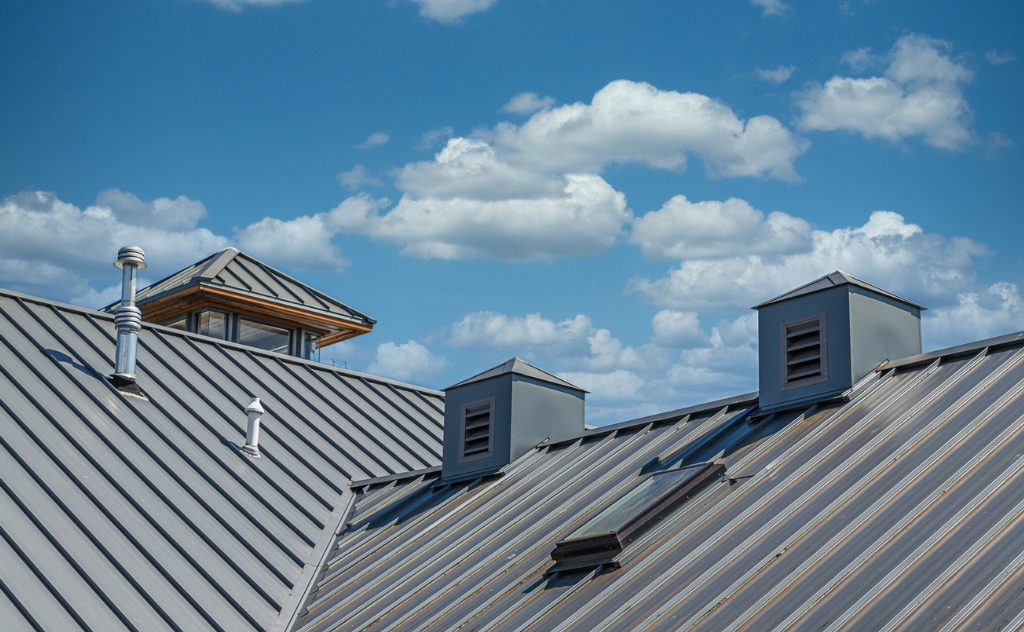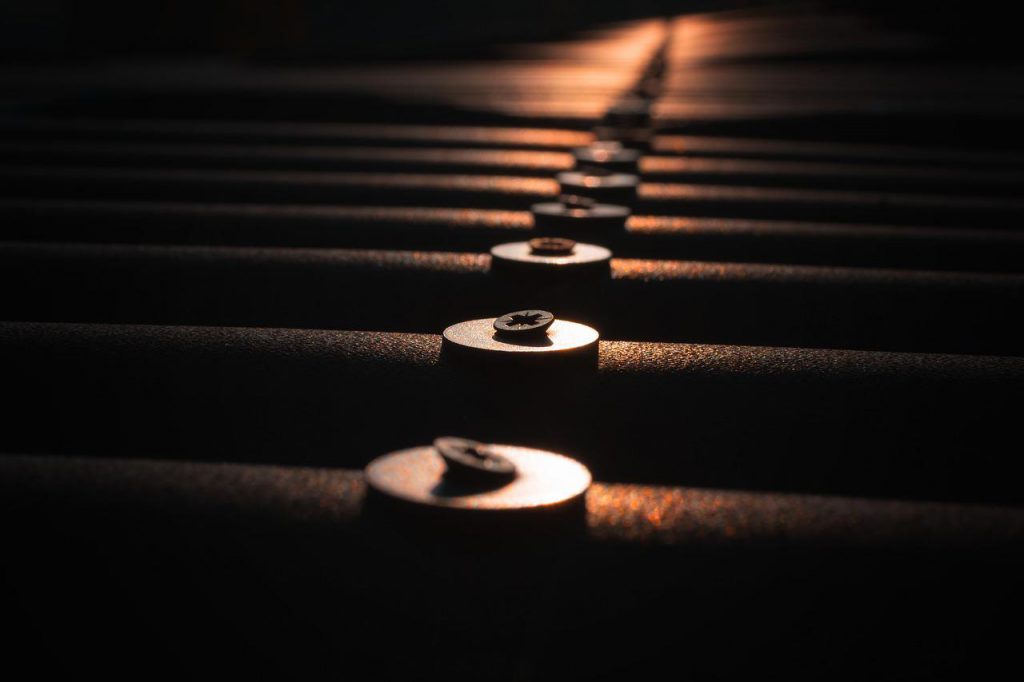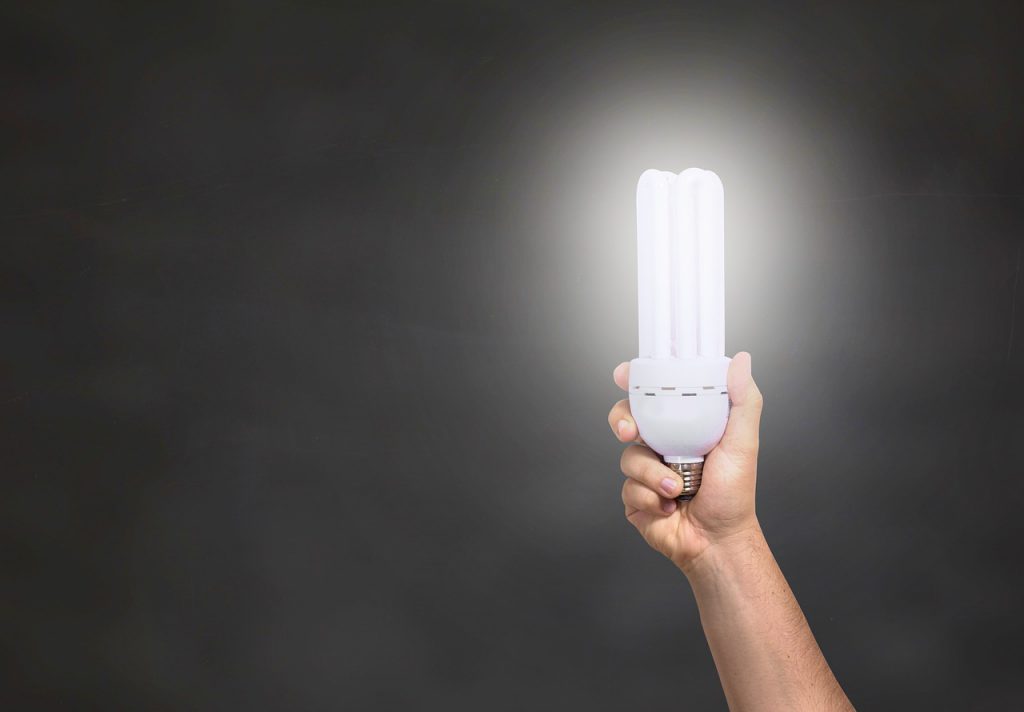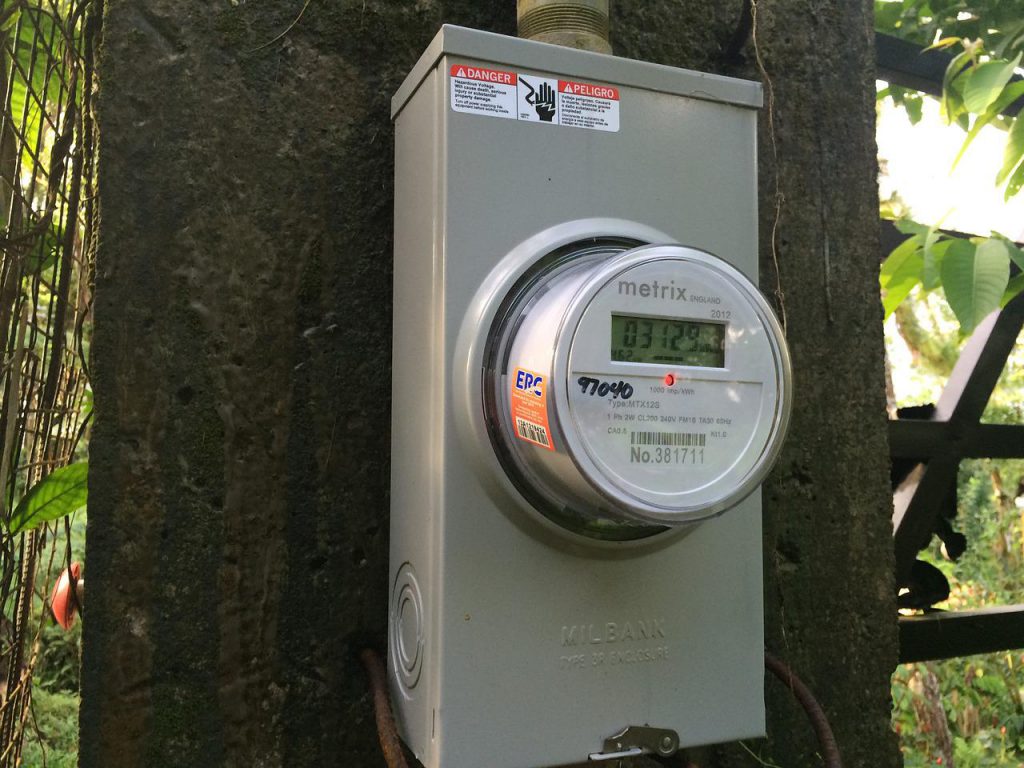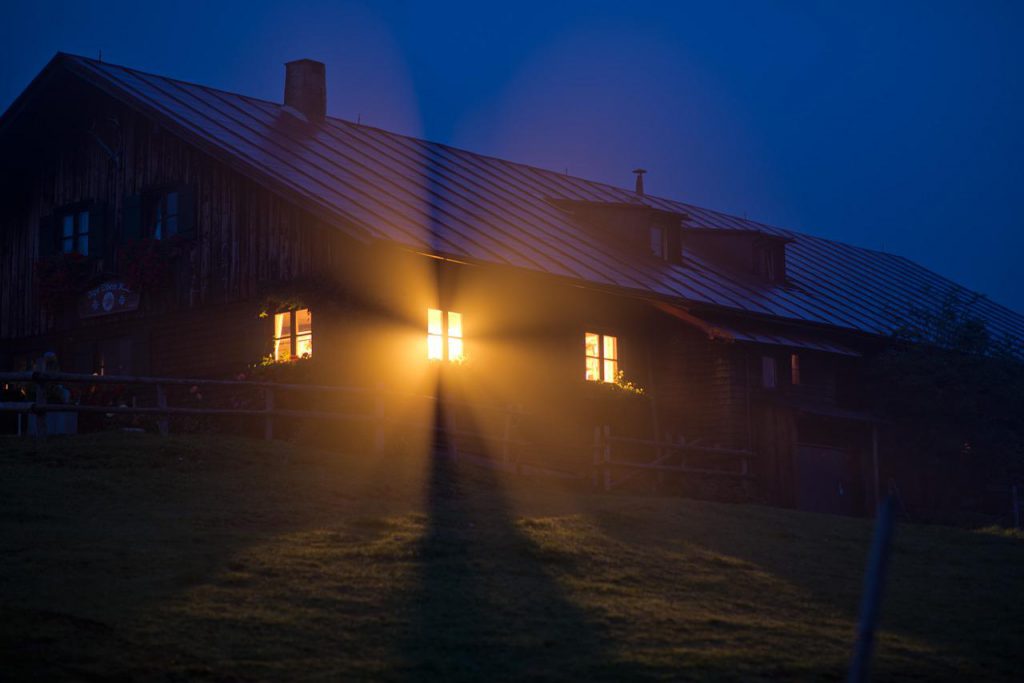If you’re shopping for a solar energy system, or are just trying to get a better understanding of solar panel systems, you will come across a lot of new terminologies, and pieces of equipment that are needed for your system. These will include a piece of equipment known as an inverter, and a process known as solar inverter clipping. Inverters are essentially the brain of a solar energy system, helping transform the electricity produced by solar panels into energy for your home or business. Each inverter on your system will have a maximum output rating, and if the energy production exceeds the inverter output, this will result in solar inverter clipping.
What Is Solar Inverter Clipping?
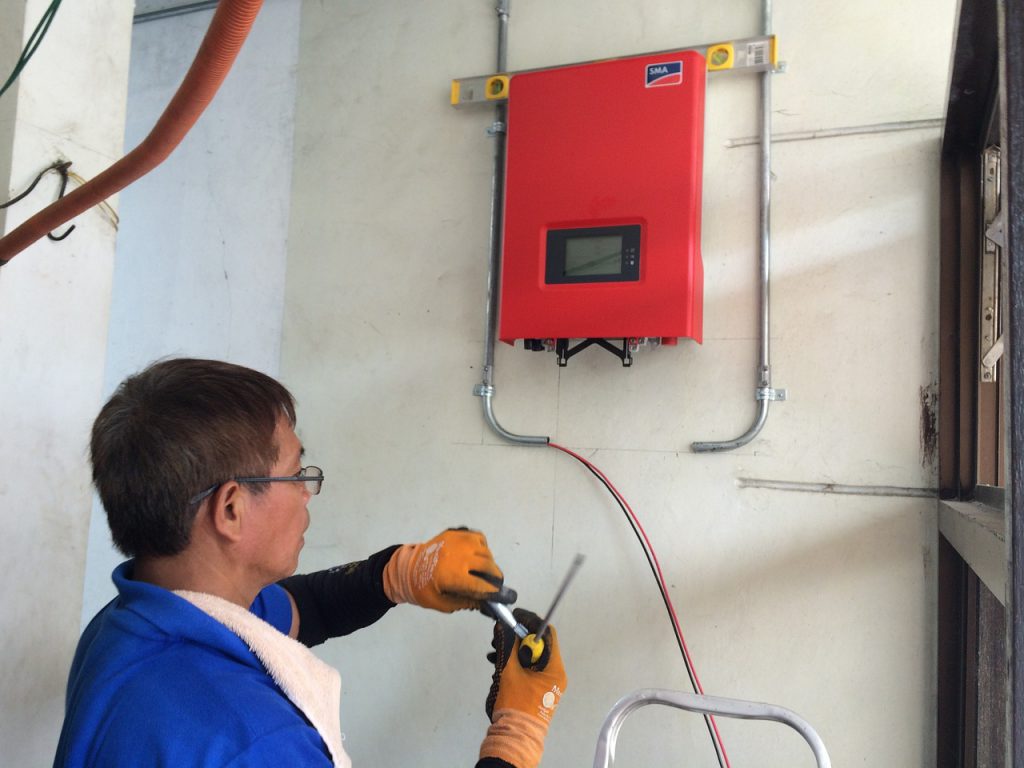
As we said above, when a solar energy system’s production exceeds the total amount of energy that the inverter can handle, solar inverter clipping occurs. Don’t worry, this excess energy production won’t damage anything on your solar energy system unless it reaches extremely high levels. But the solar inverter clipping that happens as a result of this excess energy production will reduce the amount of electricity available for use in your home or business. This is because when the inverter cannot convert all the solar power that your solar panels are producing, you’ll be losing out on some of the free electricity produced by the sun.
How To Know if Your System Will Experience Solar Inverter Clipping
To determine whether your system might be affected by solar inverter clipping, you’ll need to look at the DC-to-AC ratio of your solar panel system. The DC represents the amount of DC power your solar panels can produce. The more panels you have, or the more sunlight your panels get, the higher the DC number will be. The other component is the AC power rating of the inverter. If the DC portion of the ratio is more than the AC, it is more likely that your solar energy system will clip.
In other words, in a system with an oversized solar array, such as one that has more solar panels than needed, you could actually end up losing out on some of your electricity production because you’ll have more DC power, meaning you’ll be more likely to experience solar inverter clipping. But if you have a system with more inverters, which will allow you to produce more AC electricity, it will be less likely to clip – but these larger inverters can be expensive.
The best thing to do is to try and even out the AC – DC ratio of your system as much as possible. In fact, a high amount of DC electricity can actually void the warranty of your inverter, and a high amount on the AC side could put a lot of stress on your converter and wear it out more quickly.
When Is Solar Inverter Clipping A Good Thing?
One of the ways that you can battle solar inverter clipping is to either downsize the number of solar panels that you install, or upsize your inverter. But, with that being said, if your system is designed correctly, a small amount of clipping can actually provide a better return on your investment.
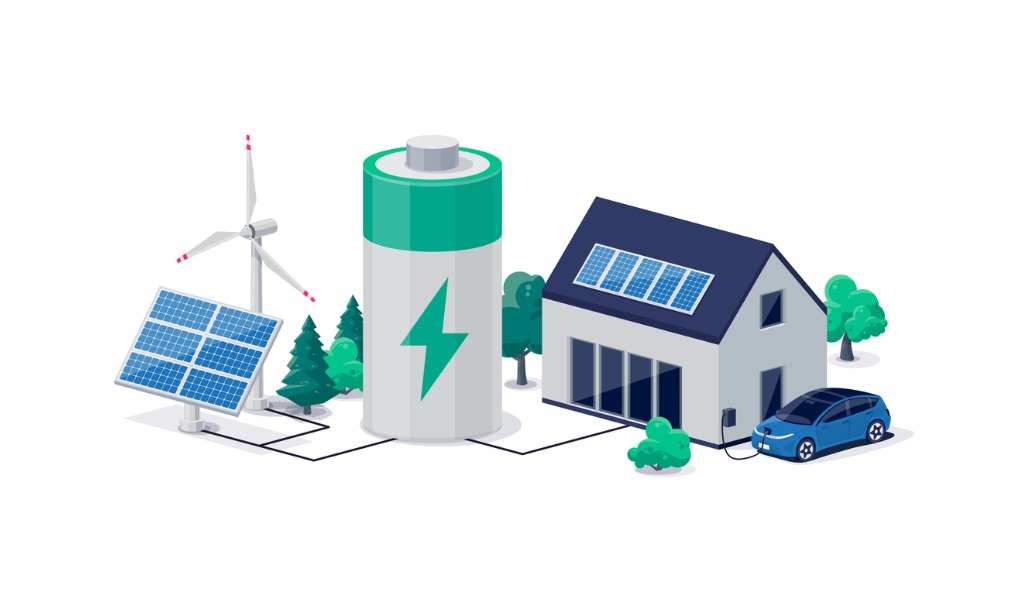
The energy that your solar panels produce will fluctuate based on the varying amounts of sun they receive during different seasons. To make the most of your investment in your solar panel system, the inverter should operate right around its maximum input rating for as many days of the year as possible. But if your inverters are too small, the energy lost from solar inverter clipping will be too great on sunnier days that have higher energy production.
Need Help?
Have questions? Go Solar Energy can help! Our agents are highly trained and knowledgeable in the solar industry and can assist you with any questions you have. If you are interested in installing a solar energy system in your home or business, we can compare quotes from the top-rated companies in your area and find you the best plan with the most efficient solar panels – and we’ll save you money. Get started by entering your zip code in the bar on our homepage, or for free quotes and guidance from one of our licensed agents, call 888-290-3112.
